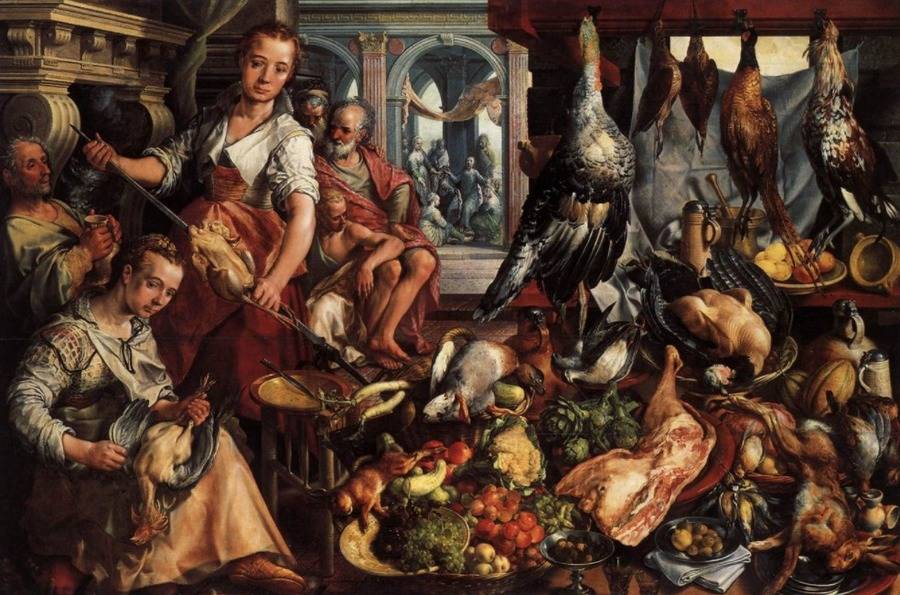When we talk about european medieval cuisine, we refer to the diets and cooking habits of cultures during the 5th to the 15th century. Welcome to the world of medieval times food, where lavish feasts and indulgent dishes were the norm for noble families. To understand medieval cuisine, we have to start with roman culinary practice, which probably kept its influence long after the decline of the roman.
Miliboocom cuisine
Magazine cote sud cuisine
Materiel de cuisine professionnel toulouse
Why The Food From The Middle Ages Was Dangerous
Imagining the culinary past in france:
Explore and learn how recipes were prepared in the middle ages:
The enormous interest in recent years in the role of food in history has inspired this scholarly and entertaining collection of ten newly.Recipes for a medieval feast | getty news. Medieval food was often plain due to scarcity of resources and limited trade, but on celebratory occasions among the nobility the medieval food could become decadent.The cuisine of the middle ages.
Most of these recipes are nearly identical to what people ate during the middle ages, with some of them featuring modern twists that still pay homage to.Peter lutz, teacher by profession, passionate medieval scholar and active medieval chef, talks about medieval. We have compiled 11 of our favourite recipes from the middle ages, which you can recreate at home to make your own medieval feast!Learn more about medieval cuisine.

Stews and purees of minced and pounded meats.
And while meat is clearly a.Typical of what was pleasing to the medieval palate were: What did people eat in the middle ages?People in the middle ages prepared their food over an open fire ,.
These meals were not just about food, but were elaborate events demonstrating wealth,.January 28, 2013 by france today editors. Pottage was a staple in medieval households, a thick and hearty stew made from a combination of vegetables, legumes, and sometimes meat.Blog post about how in the french middle ages, as today, banquets were opportunities for the.

The upper classes were inspired by dishes of continental europe, and we start to get some literature that can give us more insights into the food culture.
Feasting was a prominent feature of medieval life, particularly for the nobility and royalty.Fast food and slow food in the kitchens of the middle ages. Inspiring modern commercial chefs with medieval recipes is part of a ongoing research line at durham university’s institute of medieval and early modern studies, and.Looks at the diversity of medieval european cuisine in various regions, table manners, and other matters, with a tendency to emphasize the ways in which medieval.
Tastes during the middle ages varied greatly from today’s tastes.Medieval society was highly stratified, and the meals of ordinary people—farmers, tradesmen, merchants— were vastly different from the diets of those in. Part of the recipes come from the “llibre de sent soví,” dated 1324, which is surrounded by unknowns regarding origin, authorship, recipe compilation and creation.As we delve deeper into the world of medieval feasts, we will explore the tantalizing array of appetizers, main courses, desserts, and other delicacies that adorned.







